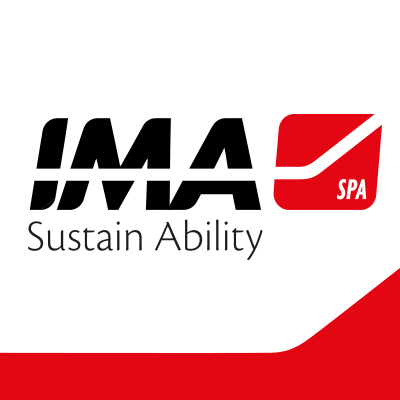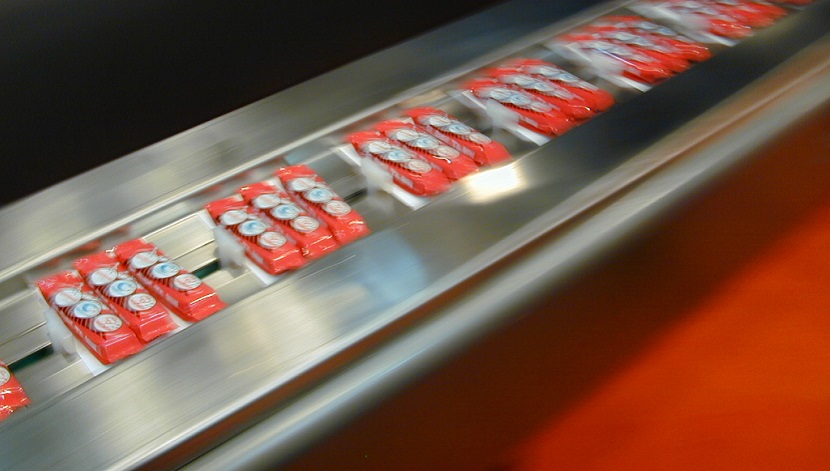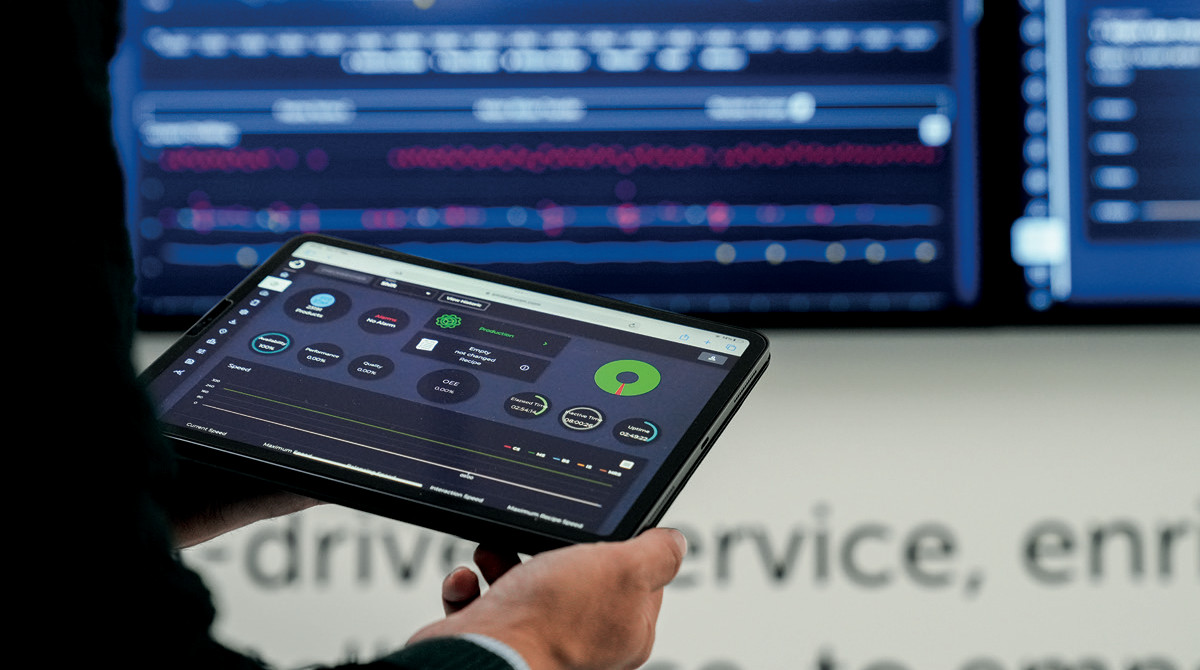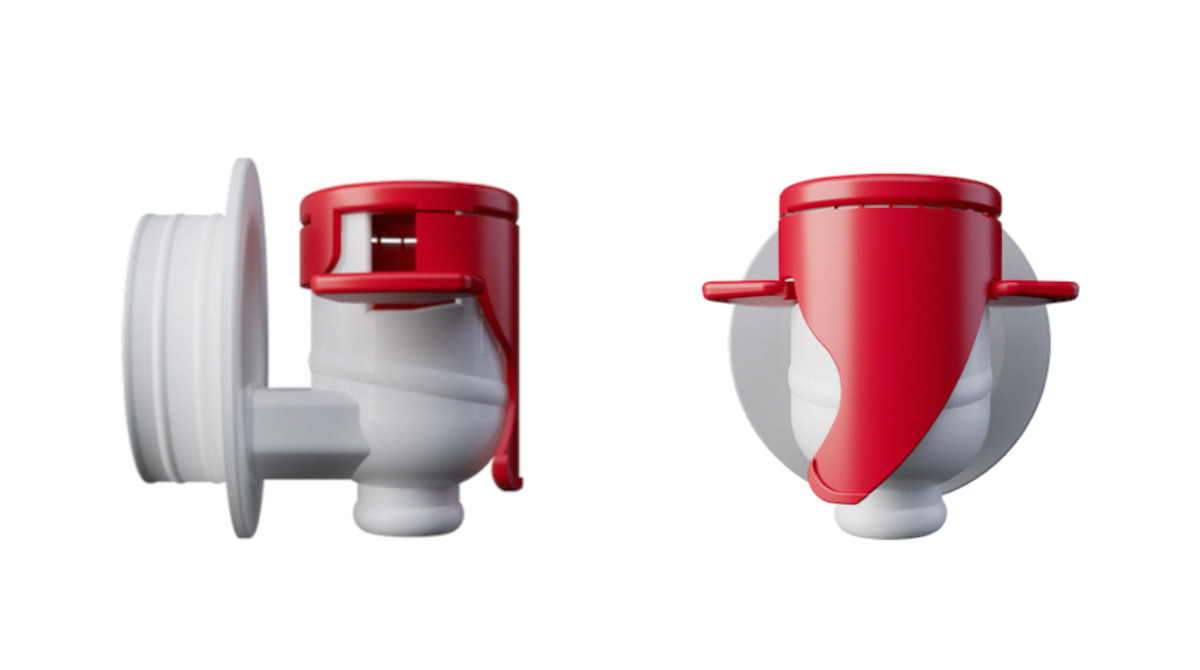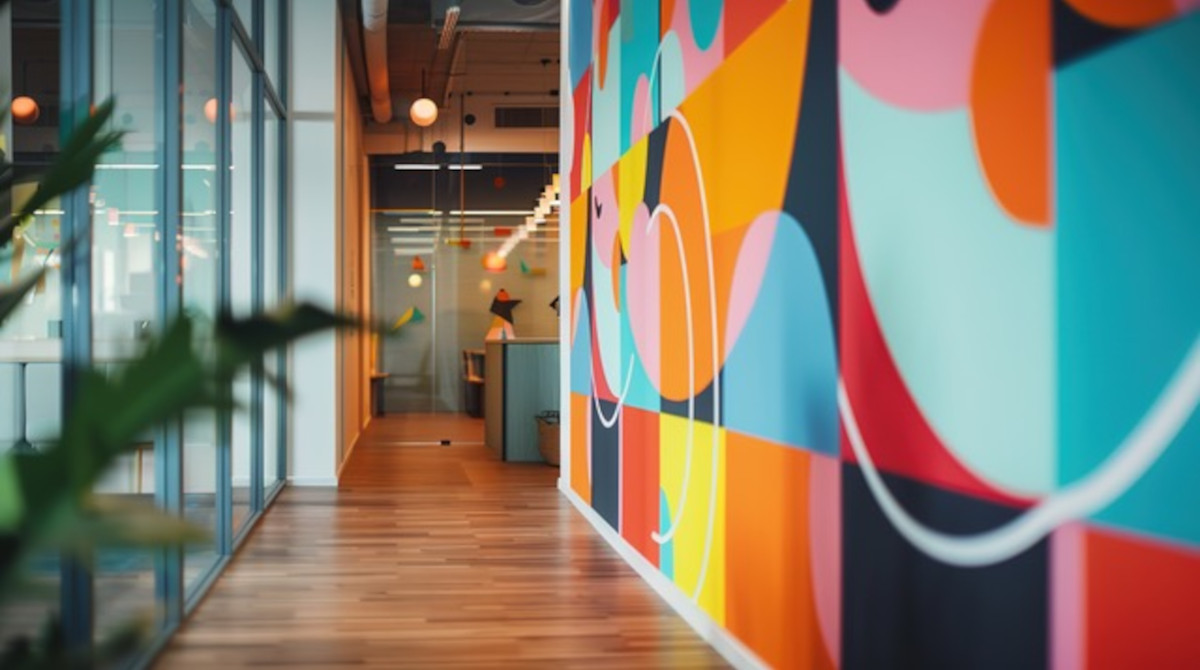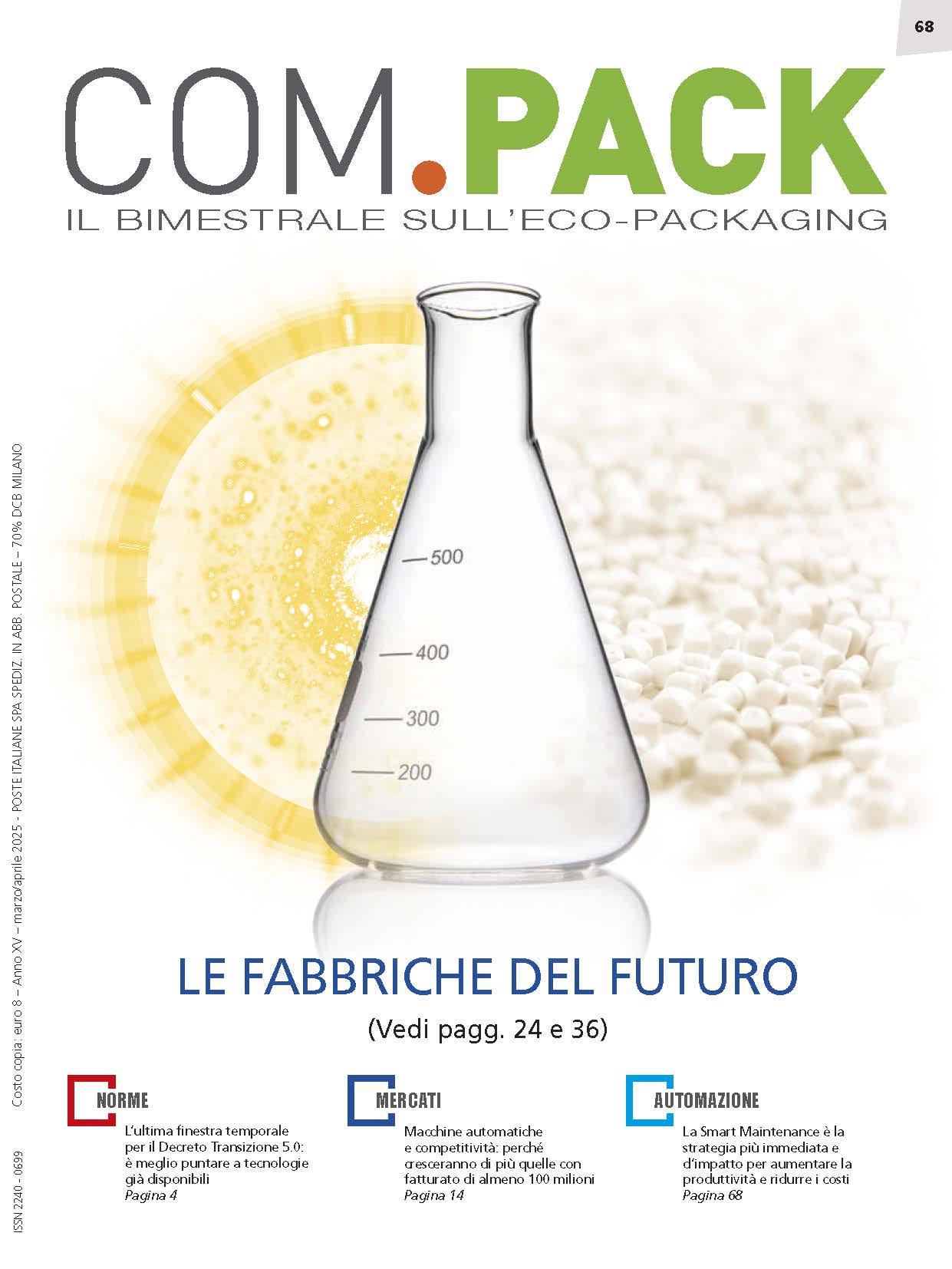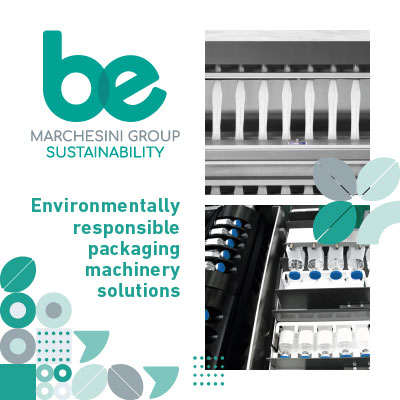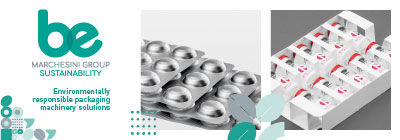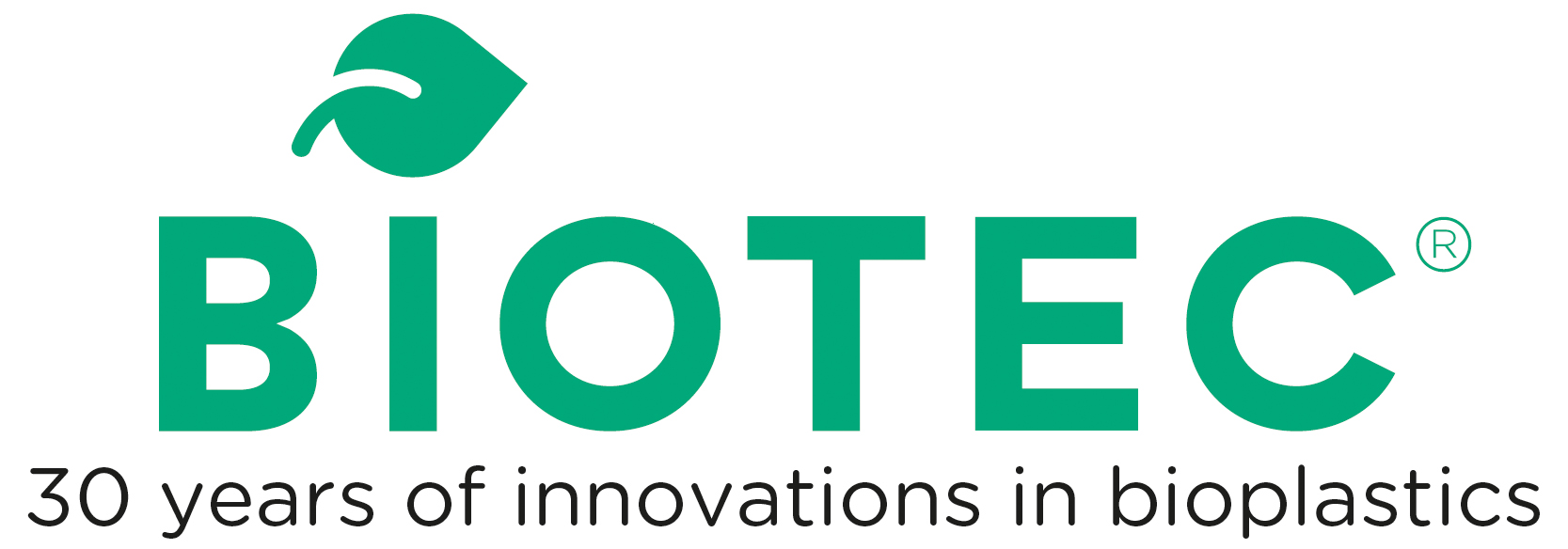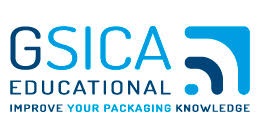Everything starts with a good line design. Often Maintenance gets the blame for poor-performing lines. Most of the unplanned downtime is somehow associated with Maintenance and it’s not rare to indeed find maintenance related issues even with all preventive routines done in time in full. Now let’s put maintenance aside for a while and consider we have very high availability. Looking at the OEE numbers, most likely, the lines would still have improvement opportunities, including brand new lines (recently commissioned).
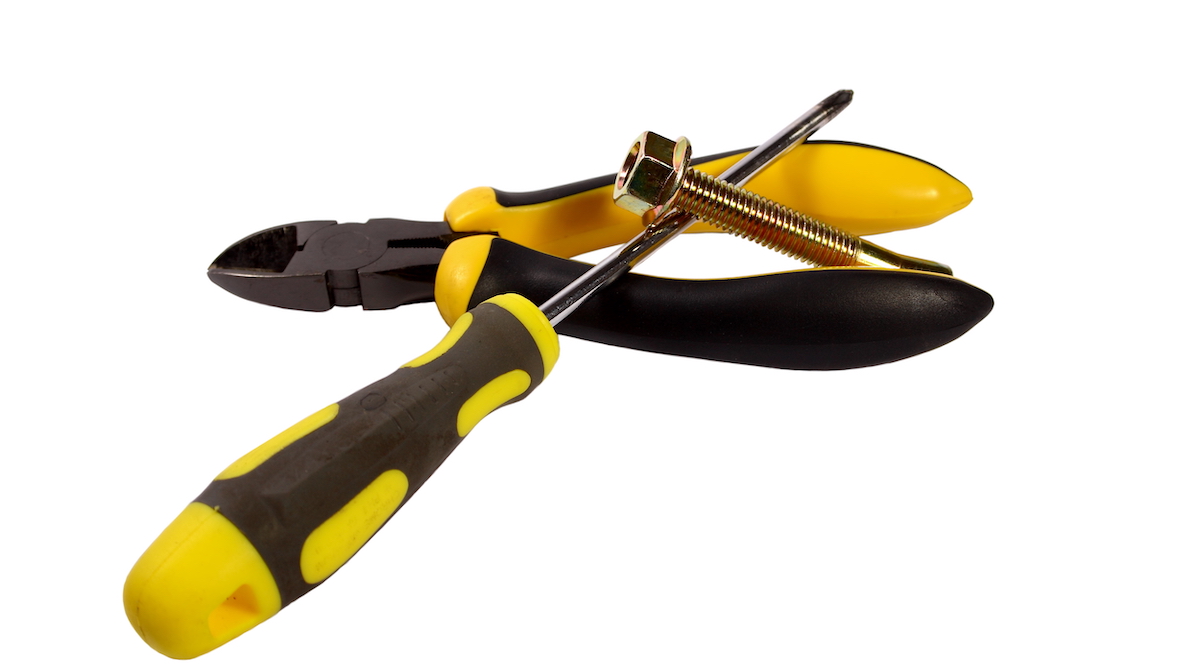
It seems obvious to me that any new mass production line should have what we call “V- shape”. In other words, we try to protect the line bottleneck from issues in other parts of the line. We do this speeding up the machines before and after the given bottleneck. For instance, if we have a filler/capper running at 100 bottles per minute (assuming the filler is the bottleneck in this case), a bottle sleever (or labeling machine whatever equipment that comes next) would need to run at least 107 bpm (of course 115 would be even better). This increase should be applied to all machines until the end of the line. This will minimize the ripple effect of an issue stopping the bottleneck.
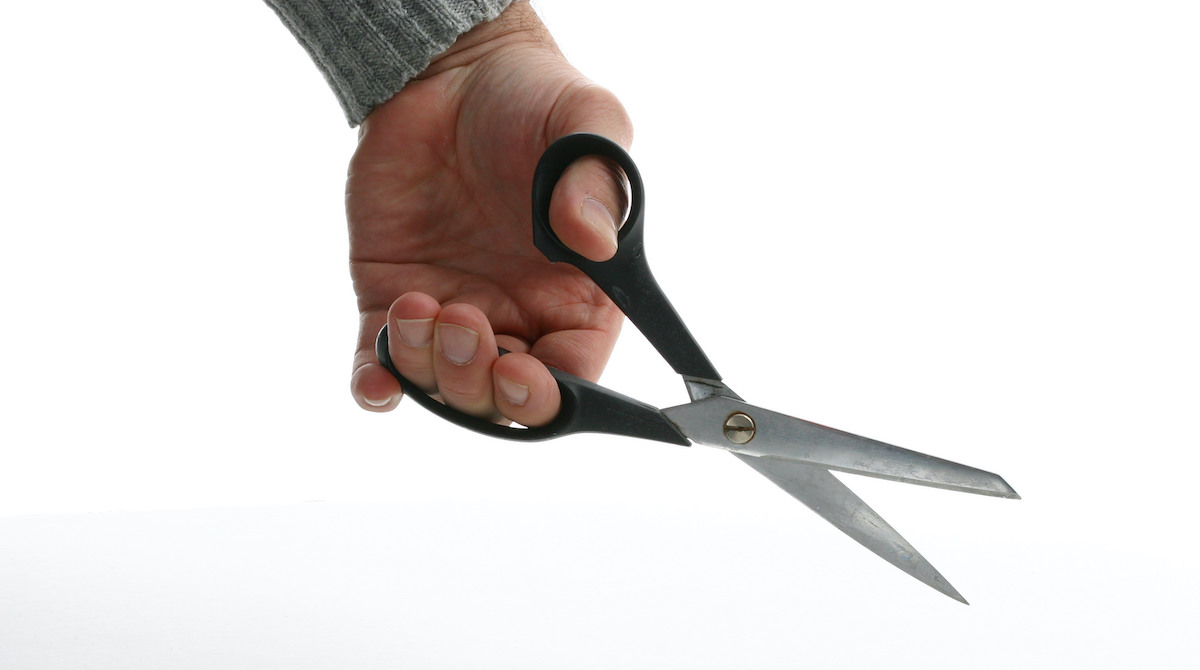
Stoppages in the bottleneck are not recoverable (they are production losses). Stoppages elsewhere in the line that does not stop the bottleneck are recoverable, will not impact the OEE. How come we often find many lines without a proper “V- Shape” in place?
Looking at the processing area, I found several kitchens that could not “feed” the filling lines properly. Either the capacity or the transfer time was not ok. The kitchen is also part of the “V-Shape”, we need to have a little bit of over-capacity to avoid downtimes on the filler.
Another important point, also related to protecting the bottleneck, is a strategic buffer. Also considering mass production, we need at least a 3 to 5 minutes buffer after the bottleneck (having a buffer before is also good, but sometimes not critical). This adds time to solve issues down the line without compromising the bottleneck. Most of the operational issues should be solved in 5 minutes or less. If maintenance is required, it will take more time than that anyway so having more than 5 minutes will not help much in terms of line performance. Once again, how many high utilized lines do not have a buffer table?
Years ago, to adjust the speed of conveyors we needed a gearbox. Nowadays the price of vario drives is about the same as a set of electric motor plus gearbox (which, by the way, requires frequent monitoring). Considering the flexibility and the tuning possibilities (turning conveyors in smart conveyors) we can have with vario drives, why are so many new lines still using the old format?
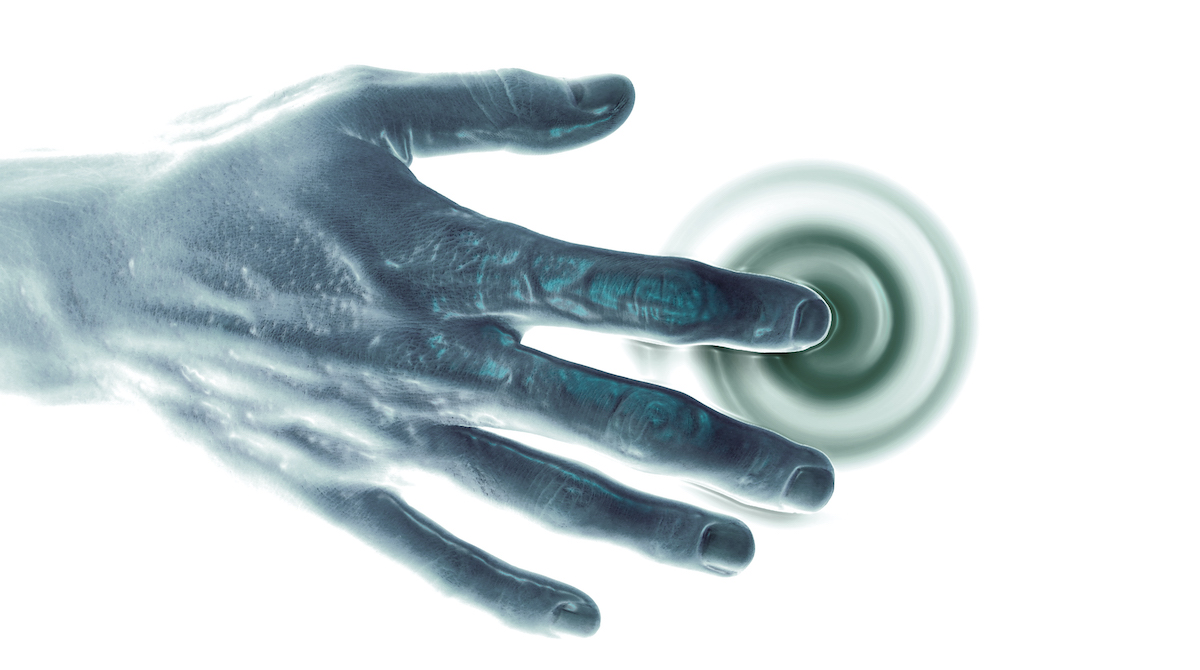
Total Cost of Ownership
Talking about electric motors, why so many motors are installed under dimensioned? If the normal usage is close to the peak capacity, issues, like a jam, can lead to a burn out of the motor. Years ago I recalculated the motor sizes for a raw tomato processing line during an overhaul. We used to have maintenance issues almost every week in that line. After the overhaul, with the correct motors, we had no issues during an entire harvesting season. We created capacity in the motors to overcome the known adversities in that line (rocks, trees, etc). I know a bigger motor may cost a little bit more, but the cost that matters to me is the Total Cost of Ownership. Avoiding issues will cost much less in the longer run.
Projects and machines must be designed for maintenance. Basically, any industrial equipment with moving parts will require maintenance at a certain point in life (and this also counts as total cost of ownership). And it’s not just maintenance, we may need regular inspections to make sure everything is fine. I’ve been seeing brand new equipment that we need to dismantle a big part of it to just inspect. How come so many equipments are not properly designed for maintenance?
Similarly, when we have very critical equipment, we may need redundancy. A few years ago, when we were designing a new plant, we added some redundancy. For the entire factory, we only added a few pieces of equipment which did not have a huge impact on the final cost, but without them, we would risk having big production losses that would cost several times more over the years. Here again, why we don’t have Total Cost of Ownership as the main cost driver for new projects?
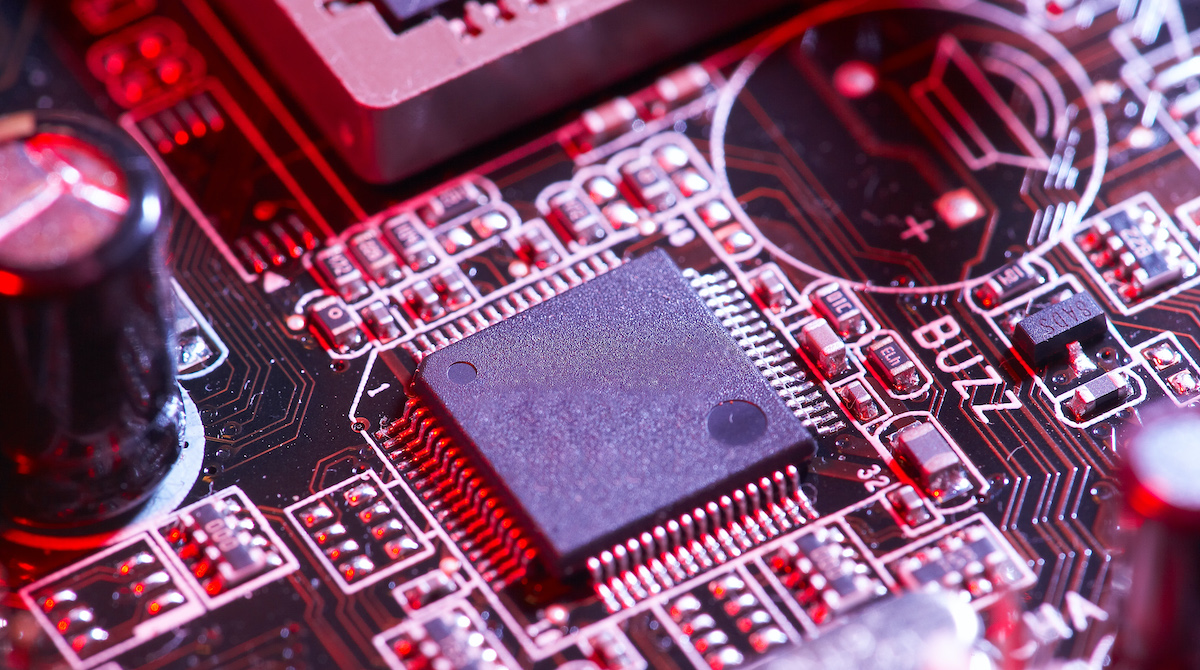
Data-driven
Now back to Maintenance. Unless we are talking about low criticality equipment (with spare parts ready to fix), we should avoid corrective maintenance. Of course, it’s not that easy, especially if we are in a firefighting mode, but it’s necessary. For critical equipment, time-based maintenance should also be avoided. Not only it’s expensive, but it also does not ensure the availability of the equipment. And being critical, it will likely require high availability, so condition-based is a much better alternative.
On-line monitoring (loading the machines with sensors) is even better. Nowadays, having good and reliable data (which is much harder to get than it seems) we can also use artificial intelligence to give it a boost. I’ve been playing with AI for predictive maintenance and I can tell you: it is a game-changer (but it is not easy). Avoiding break downs in critical equipment is always the best option. Remember, if a critical equipment breakdown we, as Maintenance team, fail on our job. I don’t like doing a poor job. How about you?
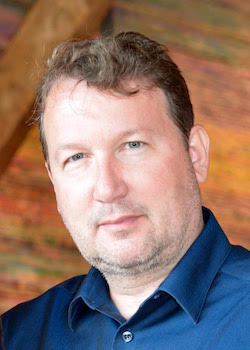
(by Eduardo Schumann, Improving efficiency consultant)





